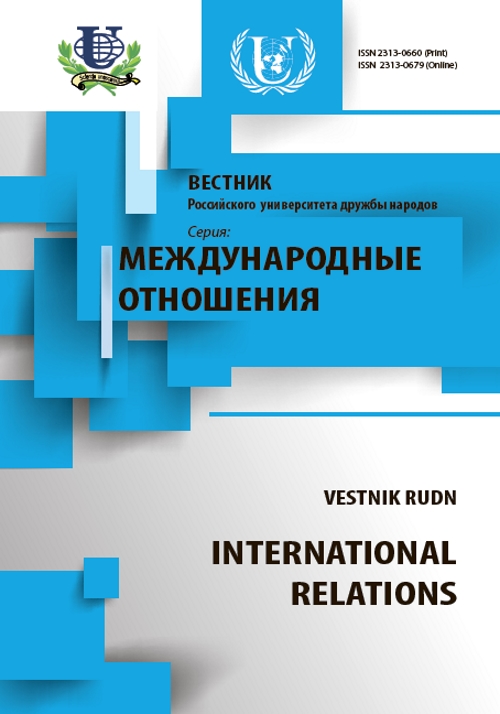On the Methodology of Research of Sunni-Shiite Relations
- 作者: Chikrizova O.S.1
-
隶属关系:
- Peoples’ Friendship University of Russia
- 期: 卷 15, 编号 3 (2015): International Political Science. Conflict Studies. Greater Middle East
- 页面: 74-82
- 栏目: Articles
- URL: https://journals.rudn.ru/international-relations/article/view/10711
如何引用文章
全文:
详细
The article is devoted to methodological aspects of analysis of confrontation between two biggest trends in Islam - Sunnism and Shiism. It’s extremely important to study Sunni-Shiite relations on the modern stage because they reflect geopolitical and geostrategic rivalry in the region and change of interstate alliances’ configuration. After “the Arab spring” in the Middle East some conflicts have flared up (Iraq, Syria, Yemen), and one of the reasons of all the conflicts is a confrontation between Sunnis and Shiites. Moreover, some more hot spots are brewing, in which the representatives of two major trends in Islam will face (Lebanon, Saudi Arabia, Bahrain). In order to find ways to settle these conflicts we need to learn profoundly the origins, nature and characteristics of Sunni-Shiite relations, and it also determines the relevance of this article’s topic. Using comparative method, historicism, problem-chronological method and quantitative methods of analysis, the author indicates six periods of Sunni-Shiite antagonism, during which the contradictions between two trends had gradually shifted from domestic to international level, and then to global level. Comparing foreign policy practice of Sunni and Shiite states at the present stage, the author proves that nowadays the struggle between Sunnis and Shiites for the implementation of models of the Islamic world’s development takes place. These models are global, they are aimed at the unification of the Islamic world. However they are based on completely different visions of this world’s configuration, particularly in the region of the Middle East.
作者简介
Olga Chikrizova
Peoples’ Friendship University of Russia
Email: olga1989_03@mail.ru
The Department of Theory and History of International Relations
参考








